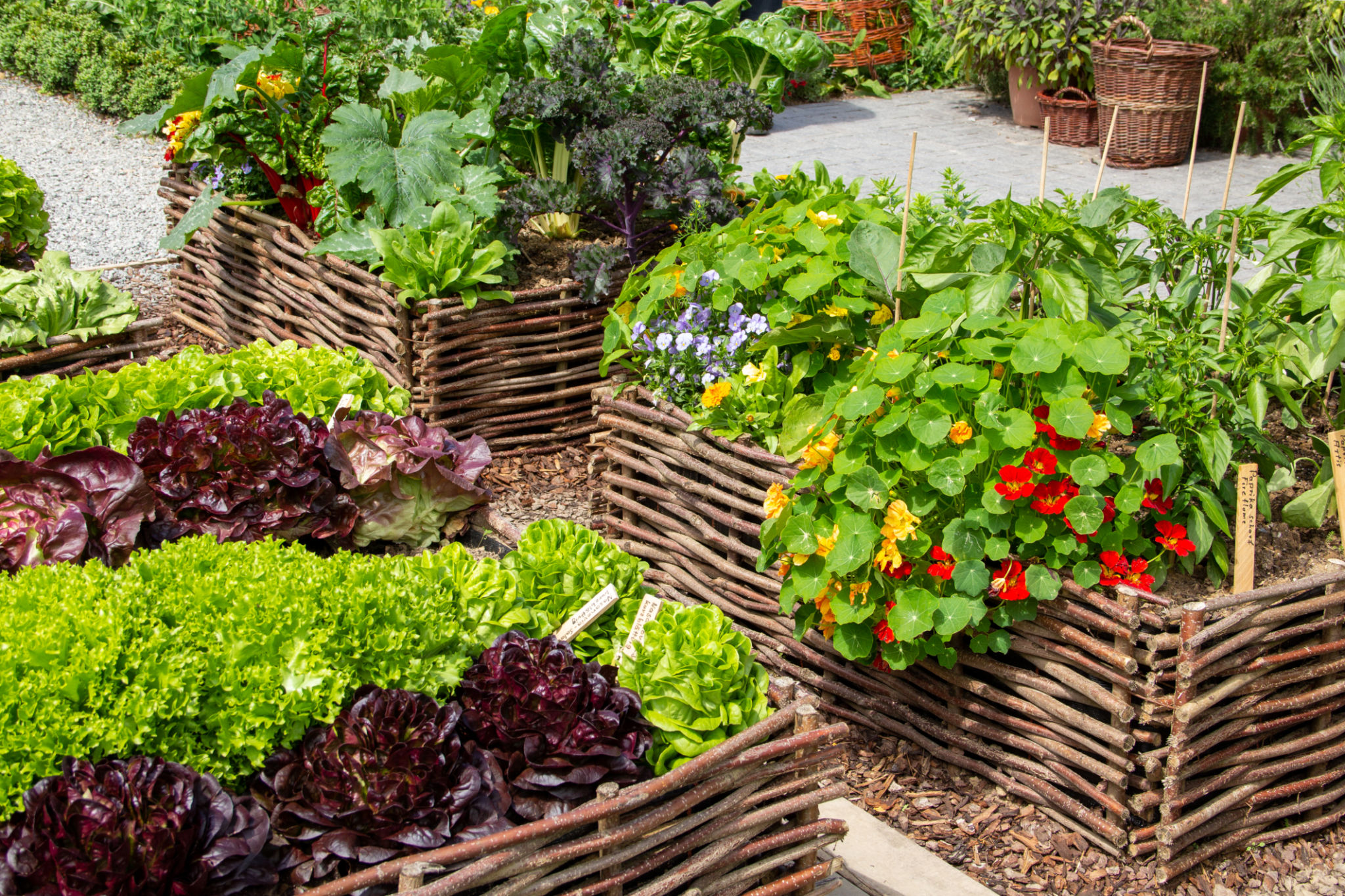The Ultimate Guide to Vertical Gardening in Small Spaces
Understanding Vertical Gardening
Vertical gardening is a creative and space-efficient way to grow plants in urban areas or small spaces. By utilizing vertical structures, you can transform walls, balconies, or compact patios into lush, green havens. This method not only maximizes your growing space but also adds visual interest and can help improve air quality.
Whether you're a seasoned gardener or a beginner, vertical gardening offers numerous benefits. It allows you to grow a variety of plants, from herbs and vegetables to decorative flowers. Additionally, vertical gardens can be designed to fit any style, providing an attractive and functional element to your living area.

Benefits of Vertical Gardening
Space Efficiency
One of the primary advantages of vertical gardening is its ability to save space. By growing upwards instead of outwards, you can cultivate a diverse range of plants without requiring a large plot of land. This makes vertical gardening ideal for apartment dwellers or those with limited outdoor space.
Improved Air Quality
Plants naturally filter the air, absorbing pollutants and releasing oxygen. A vertical garden can act as a natural air purifier, improving the air quality in your home or outdoor space. This is particularly beneficial in urban environments where air pollution is a concern.

Getting Started with Vertical Gardening
Select the Right Location
When planning your vertical garden, the first step is to choose an appropriate location. Consider areas that receive adequate sunlight, as most plants require at least 4-6 hours of direct light each day. Walls, fences, or even unused corners can serve as excellent backdrops for your garden.
Choosing the Right Plants
Selecting the right plants is crucial for a successful vertical garden. Consider using plants that are naturally suited for vertical growth, such as vines, climbers, or small shrubs. Herbs like basil, mint, and thyme are also popular choices, as are leafy greens like lettuce and spinach.

Building Your Vertical Garden
Types of Vertical Structures
There are several ways to construct a vertical garden, depending on your budget and available space. Common options include trellises, wall-mounted planters, and pocket planters. Each type offers different benefits and can be adapted to suit your specific needs and preferences.
Installation Tips
When installing your vertical garden, ensure that the structure is securely mounted and stable. Regular watering is essential, so consider incorporating a drip irrigation system to maintain consistent moisture levels. Additionally, be mindful of the weight that your structure will need to support.

Maintaining Your Vertical Garden
Regular Care and Maintenance
Like any garden, vertical gardens require regular care and attention. Keep an eye out for pests and diseases, and address any issues promptly to prevent them from spreading. Regular pruning will help keep your plants healthy and encourage new growth.
Seasonal Considerations
Be mindful of seasonal changes that may affect your vertical garden. In colder months, consider moving sensitive plants indoors or providing additional protection. During peak growing seasons, ensure that your plants receive adequate water and nutrients to thrive.
By following these guidelines, you can create a thriving vertical garden that enhances your living space while offering a rewarding gardening experience. Embrace the creativity and flexibility that vertical gardening provides, and watch as your small space transforms into a vibrant oasis.